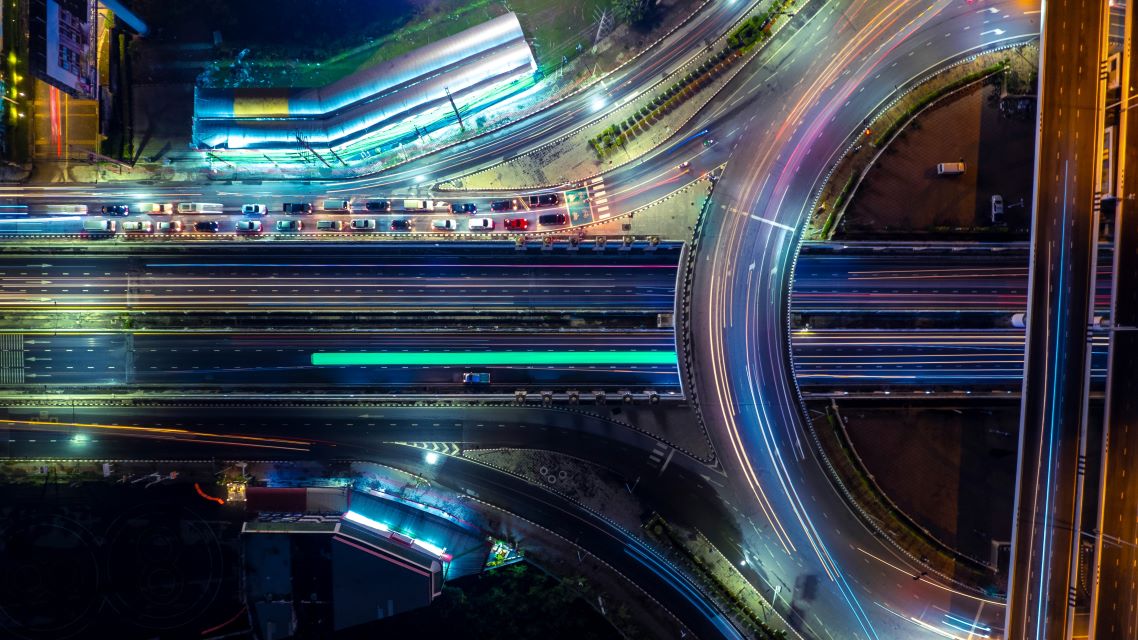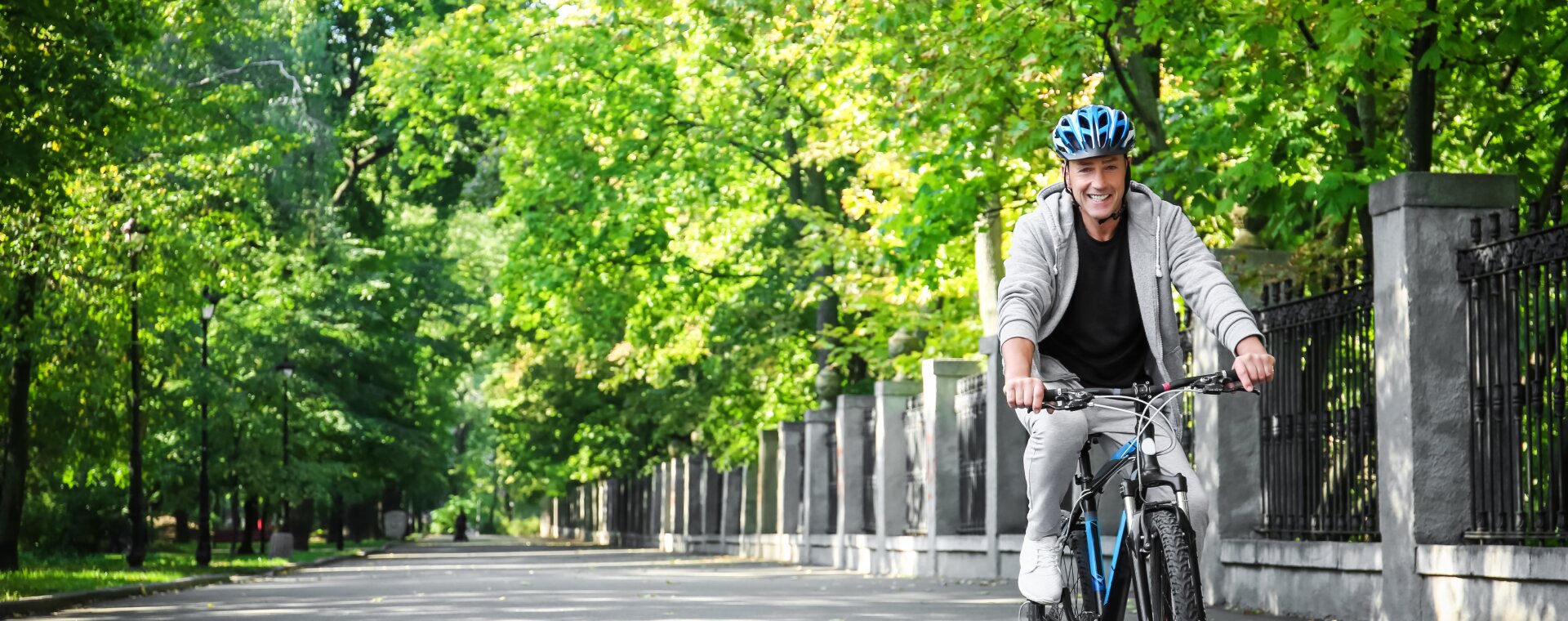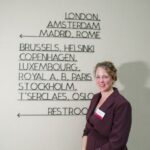Interview
Cars
How can cities spur the shift from private cars to public transportation?
-
Jilian Van Der Gaag
Senior Policy Advisor at the Municipality of Amsterdam

Jilian Van Der Gaag, Senior Policy Advisor in Amsterdam, explains how cities can make a successful transition to modal shift.
The urban reality is very different from that of a rural area. In rural areas, many people drive every day. People who are forced to take their cars must be given the opportunity to park them at the station, and then opt for the train or another mode of transport to continue their journey. It's all about changing habits and rethinking mobility more strategically.
In Amsterdam, for example, we have a system that allows residents to park their cars outside the city. They pay €1 a day and then take the tram or bus into the city center. We're aiming to develop this type of system and strengthen our links with other cities, to encourage people to leave their cars, especially outside the city.
Above all, I believe that the city needs to be well planned, and to achieve this we need to collaborate with those involved in urban planning, traffic management, spatial zones and energy transition. It's not a project that's going to happen overnight; we need transitions so that people can adapt. Citizen dialogue is essential if we are to work together to find solutions.
I also think we need to facilitate access to clean mobility. This means :
- Charging infrastructure,
- Bicycle lanes, for which we simply need to make more space on the streets.
- A different conception of our space to leave more room for public transport, pedestrians... This means minimizing the space allocated to the car in public space.
I think people are becoming aware of the benefits, but of course, change is always met with resistance. That's why the beginning will be difficult, but they will see that by reducing the number of cars in the city, their living space will be better.
-
 Interview
Borders
Interview
Borders
At the European level, what are the challenges facing mobility?
Elisabeth Kotthaus, head of Unit at the European Commission's DG Transport
-
 Interview
Social Cohesion
Interview
Social Cohesion
How can we tackle mobility poverty?
Sébastien Bailleul, Director of Institutional and European Relations at Wimoov
-
 Interview
Decarbonization
Interview
Decarbonization
How can we catalyze the shift to sustainable urban mobility?
Tim Asperges, Expert Advisor on Mobility for the city of Leuven
-
 Interview
Access
Interview
Access
How can we ensure inclusivity in green transition policies?
Colin Scicluna, Head of Cabinet for the Vice-President of the European Commission for Democracy and Demography
-
 Interview
Climate
Interview
Climate
Democracy, mobility and climate change: what’s next?
Democracy, mobility and climate change: what's next? Ulrike Guerot answers this question for The Mobility Sphere.


